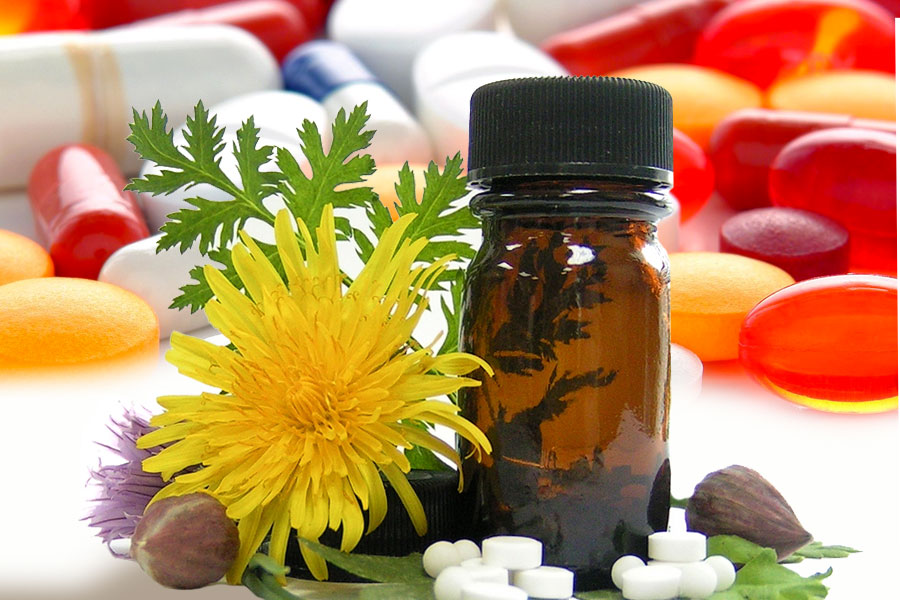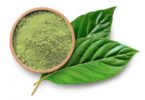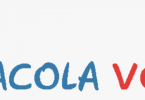By Robert Engle, World Coalition for Botanical Development (WCBD)
According to new research in the Journal of the American Medical Association, more Americans than ever are taking prescription drugs — close to 60 percent of U.S. adults. The research surveyed more than 37,000 adults to find that the percentage of people taking prescription drugs rose from 51 percent of the adult population in 1999 to 59 percent in 2011.
We at the World Coalition for Botanical Development (WCBD) are shocked at these numbers and believe that safe, natural alternatives are an answer to the spike in pharmaceutical over-treatment for so many ailments. A particular focus is the continued availability of kratom as an effective natural supplement. Kratom, a 100 percent natural plant and herbal supplement from Southeast Asia, has been used safely for hundreds of years as a natural analgesic, muscle relaxer, anti-inflammatory, antioxidant, and opioid withdrawal treatment.
Dr. Phil Schoenwetter, a family practitioner in Southern California, saw first hand the “stunning” benefits kratom had in treating his wife’s severe migraines, which before required heavy doses of prescription medications.
Another kratom advocate in the medical profession is Dr. Gerald Wall, a retired New Jersey pharmacist. He discovered kratom while searching for a holistic and alternative cure for chronic fatigue and a near life-time of severe pain in his legs. As a pharmacist, he had access to all kinds of pain pharmaceuticals, and like many, didn’t like their side effects. “With kratom there are no negative side effects or responses,” he said.
Ryan Estevez, MD, PhD, MPH is a psychiatrist and psychopharmacologist who has worked for years in emergency rooms, community health centers, and prisons adds: “In fact, there is emerging evidence that kratom can be helpful in alleviating symptoms of opioid withdrawal.”
So, instead of the usual medical industry knee-jerk reaction in prescribing drugs for all ailments, let’s focus on beneficial, 100 percent natural botanicals that have proven remedies and could help many, many more.




